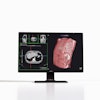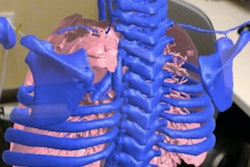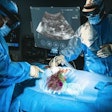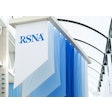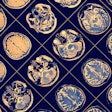A deep-learning algorithm is capable of performing phase retrieval and reconstructing holographic images, according to a recent study published in Light: Science & Applications.
Researchers from the University of California, Los Angeles (UCLA) trained a deep-learning neural network to reconstruct holograms of tissue, blood, and Pap smear samples. Their deep-learning approach to image recovery through holography allowed them to distinguish the spatial features of the true image of objects -- eliminating unwanted spatial artifacts caused by light interference (Light Sci Appl, January 12, 2018).
Unlike traditional physics-based methods for producing holograms, the group's deep-learning technique does not require any modeling of light-matter interaction or a solution to the wave equation, an equation for the description of waves. Rather, it provides a new framework for holographic imaging that computes and reconstructs holograms faster and with fewer measurements, said lead author Dr. Aydogan Ozcan and colleagues. Ozcan is the associate director of the UCLA California NanoSystems Institute and a Howard Hughes Medical Institute professor.
Thus, the group's deep-learning based computational approach to holography may be able to replace standard hologram reconstruction methods, he added. Their approach can further be applied to any type of holographic imaging problem, which can help pave the way for the design of fundamentally new forms of imaging involving visible light and x-rays.


